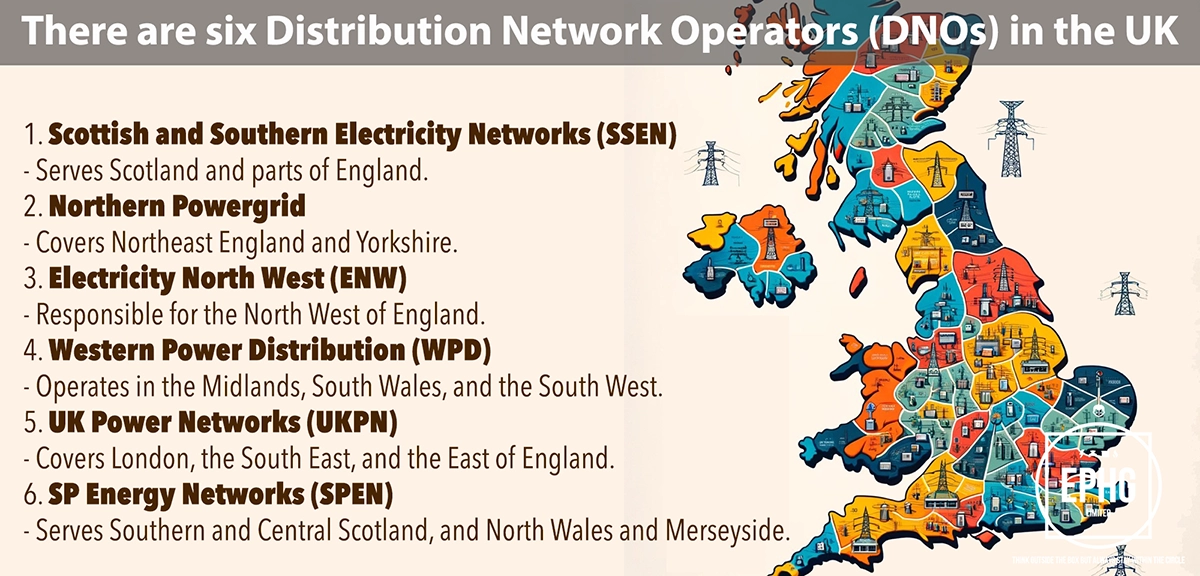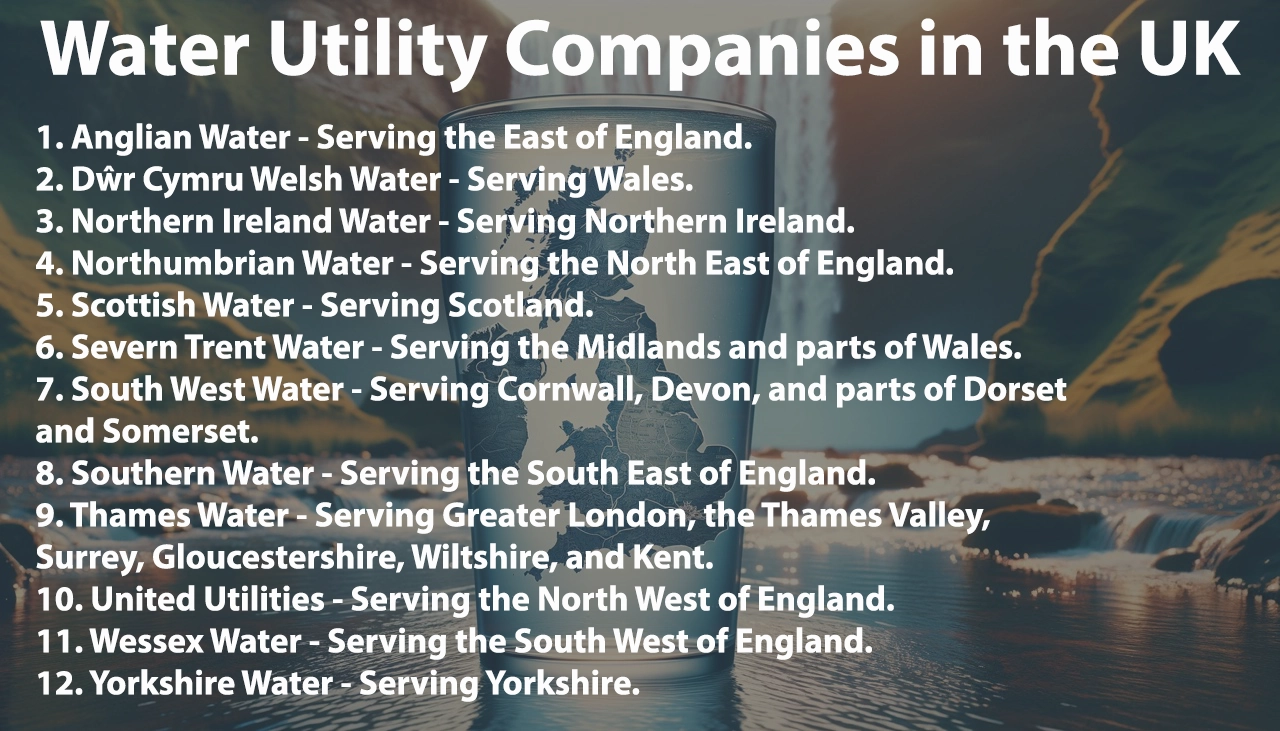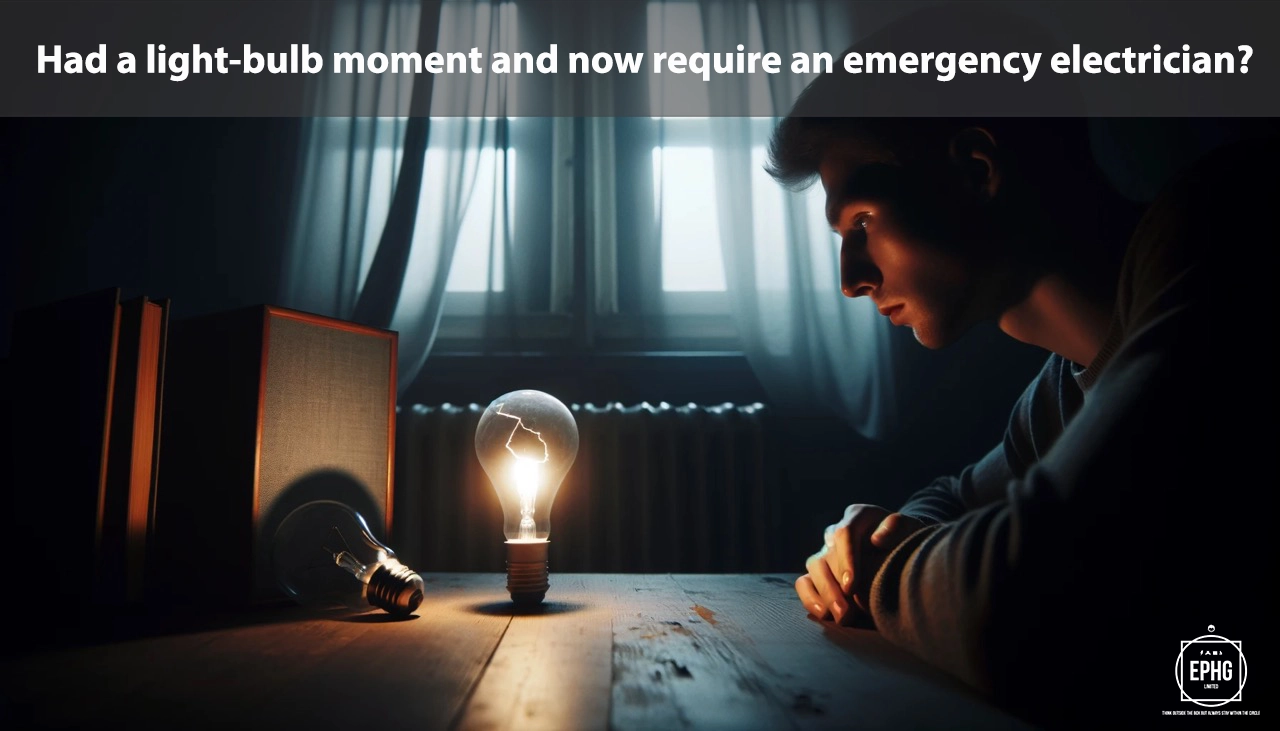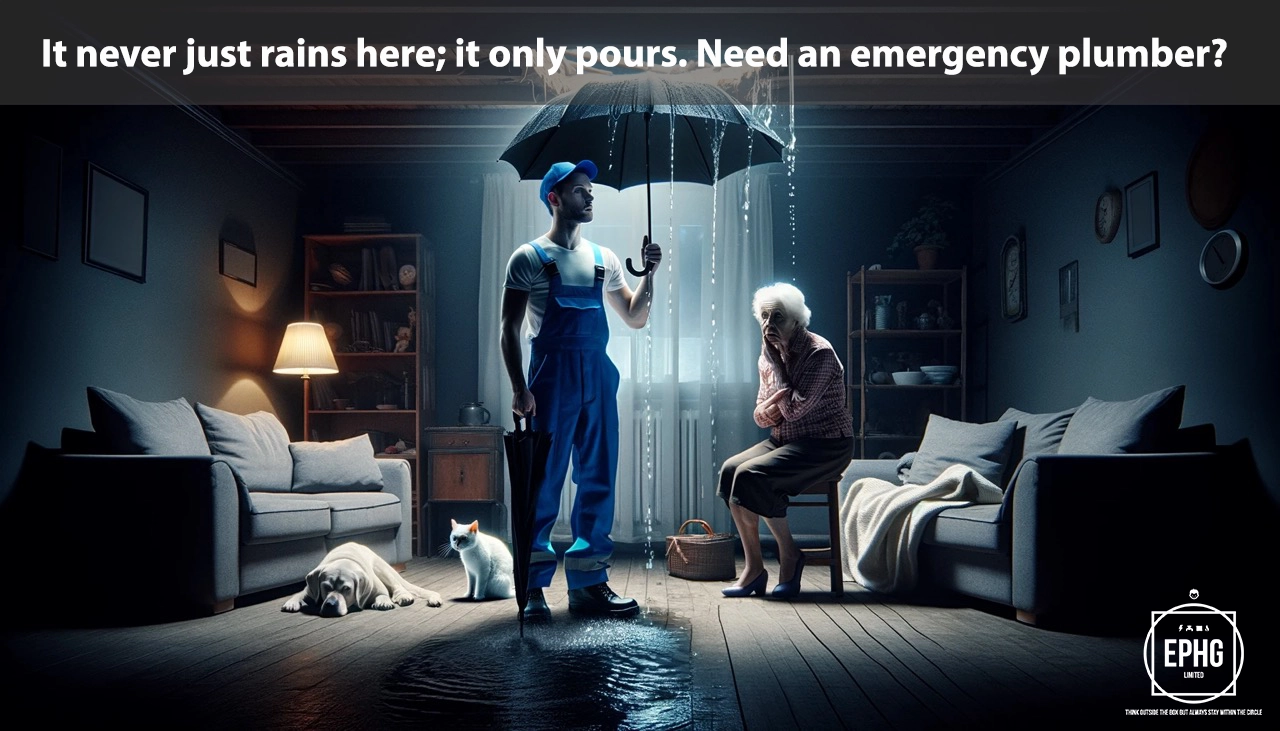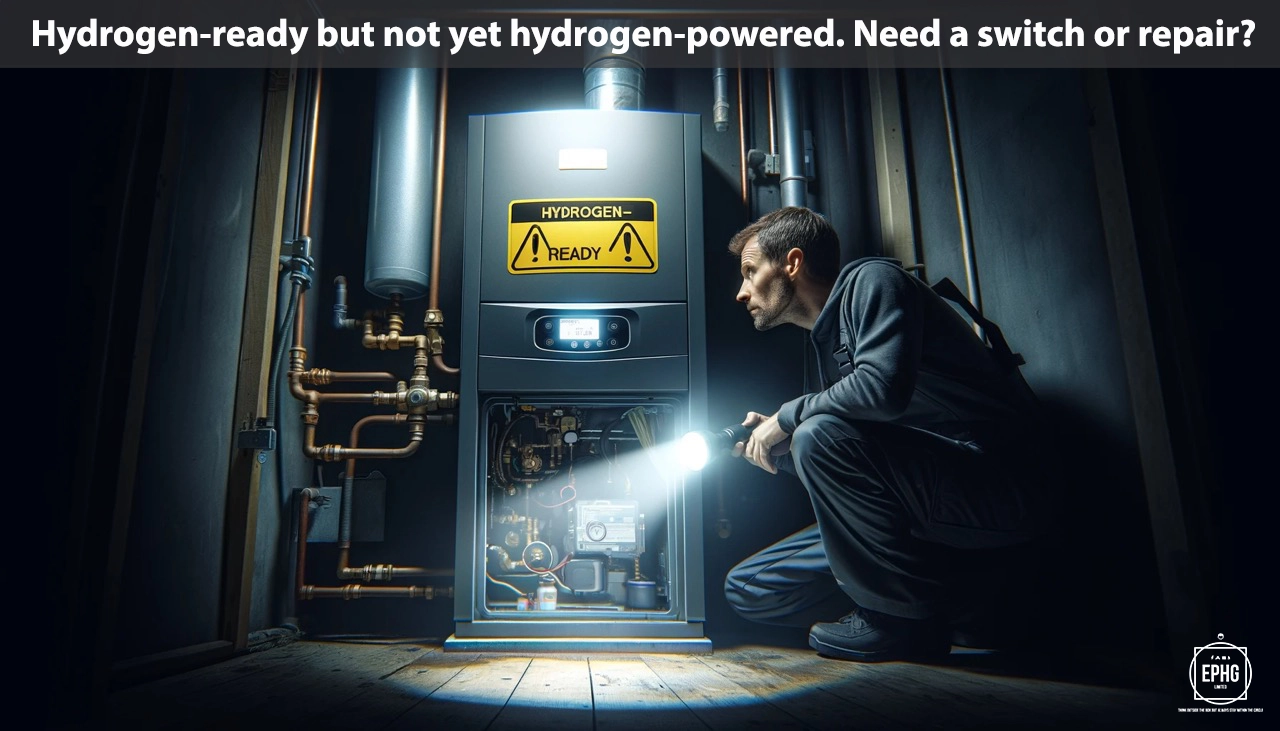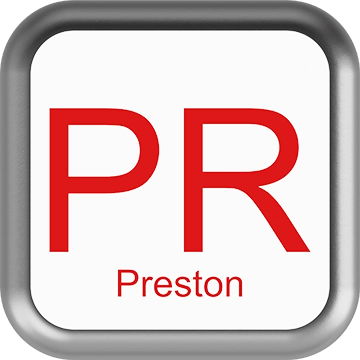
PR Postcodes for Utilities & Services in Preston and Surroundings
Introduction: The PR postcode area, covering Preston and its surrounding regions, showcases a blend of urban development and rural charm. Here, we provide detailed insights into the local utilities such as water and electricity, alongside other relevant information for residents.
Water in Preston
Where does the water supply come from in Preston and is there ever a shortage of water?
In Preston and the surrounding areas, water supply largely comes from the River Ribble, alongside other sources including reservoirs and groundwater. The region's water is managed by United Utilities, which operates several treatment plants to ensure that water meets safety standards before it reaches consumers. Although Preston enjoys a relatively stable supply, the area is susceptible to the same pressures facing many parts of the UK: climate change, seasonal fluctuations, and population growth. Water usage restrictions can occasionally be implemented during prolonged dry periods. Residents are encouraged to engage in water conservation practices to help maintain the balance between supply and demand.
What is the hardness & quality of the water in Preston and can this affect your health?
Water hardness in the Preston area can vary, but generally, the water is classified as moderately hard due to the geological composition of the region. Hard water contains higher levels of minerals like calcium and magnesium. While this is generally not harmful to health and may contribute to daily mineral intake, it can lead to scaling in appliances and reduce the efficacy of soap and detergents. The water quality is continually monitored, ensuring it complies with health and safety regulations to keep it safe for consumption. Authorities work diligently to ensure water quality remains high, and residents are provided with guidance on how to mitigate the effects of hard water where necessary.
Electricity in the PR Postcode Area
Where does the electric supply come from in the PR postcode area and what is the future of energy there?
The electricity supply in the PR postcode area, covering Preston and its surrounding locales, is transitioning from reliance on traditional energy sources towards a more sustainable future. While historically dependent on fossil fuels, the region is witnessing an increase in renewable energy initiatives. Local wind farms and solar installations are becoming more prominent, supported by the region's commitment to green energy. The area is exploring the potential of river-based hydropower from local rivers like the River Ribble, further diversifying its energy mix. Looking ahead, the PR area aims to reduce its carbon footprint by investing in renewable technologies and infrastructure, contributing to the UK's overall goal of achieving net-zero emissions. The future of energy in the PR postcode area is aligned with sustainable development, emphasizing clean, renewable sources and energy efficiency.
When is hydrogen coming to gas boilers in the PR postcode area?
The introduction of hydrogen to domestic heating in the PR postcode area is part of a broader national move towards cleaner energy solutions. This transition is expected to unfold in line with the UK’s carbon reduction goals, with pilot projects and research into hydrogen technology influencing the timeline. Residents can anticipate gradual changes and should stay informed about the latest developments in energy technology. Local energy services will provide updates and support as the shift to hydrogen, seen as a crucial step in decarbonizing heating, progresses. This change aims to replace natural gas with hydrogen, significantly lowering household emissions in line with future environmental standards.
Where Does the Wastewater Go in the PR Postcode Area
Wastewater management in the PR postcode area is fundamental to maintaining public health and protecting the environment. The area’s wastewater is treated at several facilities, ensuring it meets strict regulatory standards before being released. Effluent from homes and businesses is processed to remove contaminants before being discharged back into local water bodies, such as the River Ribble, under stringent conditions to safeguard aquatic life and water quality. Continuous investment in sewage treatment technology underscores the commitment of the PR area to ecological sustainability and public health, aligning with broader environmental protection goals.
Regions and Services:
The PR postcode covers a vast and varied landscape, from the bustling city of Preston to the serene countryside of Lancashire. Key regions include:
- Preston City: The hub of urban development in the region, showcasing sophisticated electrical and gas infrastructures alongside burgeoning renewable energy initiatives.
- Chorley, Leyland, and Southport: Towns combining historical charm with contemporary amenities, reflecting their rich cultural past and current growth trajectories.
- Ormskirk, Tarleton, and Burscough: Rural communities where the push towards sustainable living is evident through local renewable energy projects, enhancing traditional utility frameworks.
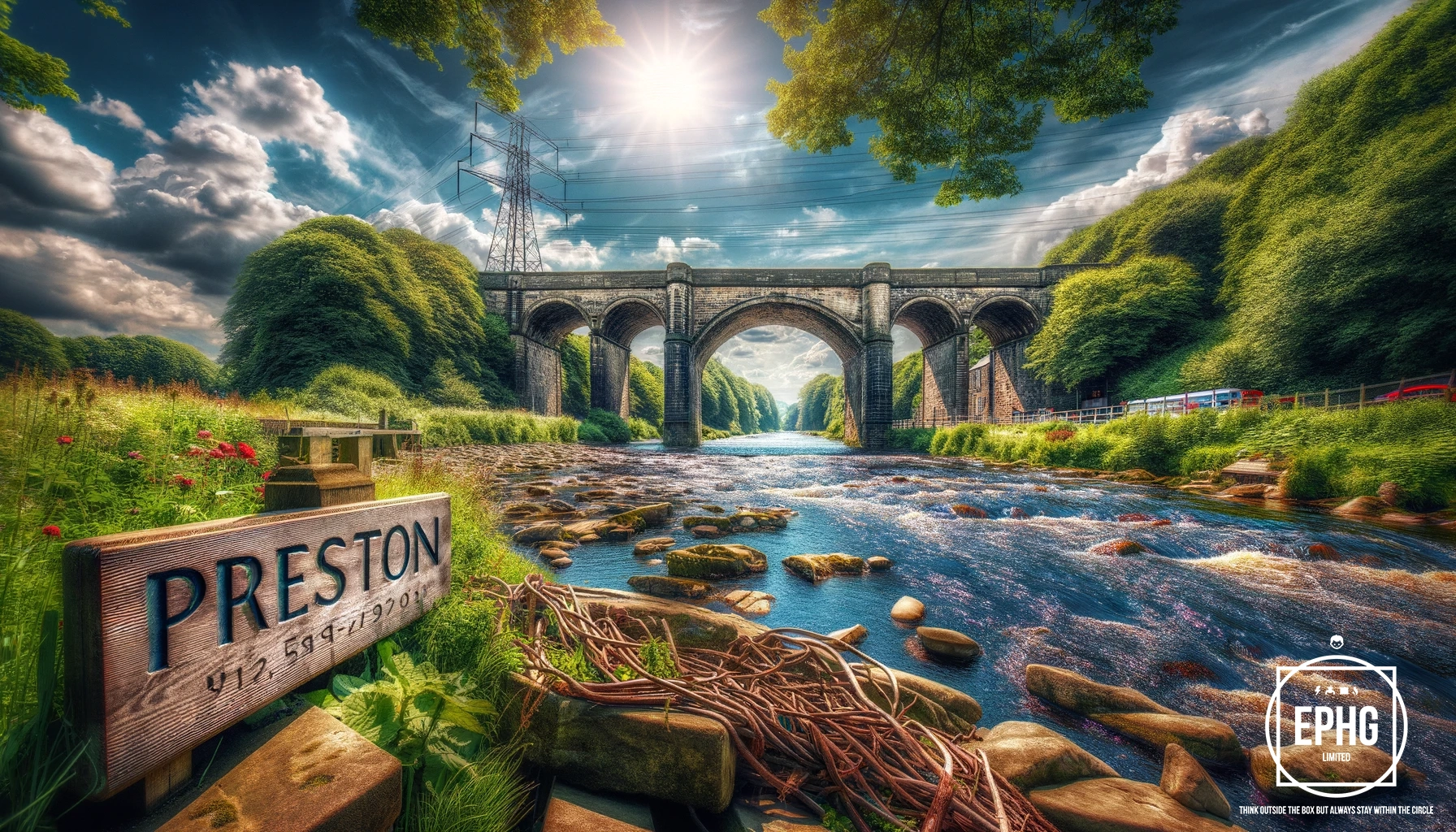
Regions within the PR Postcode
Preston City
- PR1: Preston City Centre, Avenham, Broadgate, Deepdale, Fishwick, St. Matthew's, Penwortham
- PR2: Fulwood, Ashton, Brookfield, Cadley, Grimsargh, Haighton, Ingol, Larches, Lea, Ribbleton, Riversway, Sharoe Green
- PR3: Garstang, Beacon Fell, Scorton, Bowgreave, Barton, Broughton, Goosnargh, Longridge, Chipping
- PR4: Wesham, Kirkham, Freckleton, Warton, Newton with Scales
- PR5: Bamber Bridge, Coupe Green, Gregson Lane, Higher Walton, Lostock Hall, Walton-le-Dale, Walton Park, Walton Summit
- PR6: Chorley, Adlington, Buckshaw Village, Charnock Richard, Coppull, Eccleston, Euxton, Heath Charnock, Wheelton
Surrounding Areas and Villages
- PR7: Chorley, Abbey Village, Astley Village, Buckshaw Village, Clayton-le-Woods, Euxton, Whittle-le-Woods
- PR8: Southport, Birkdale, Ainsdale, Ainsdale-on-Sea
- PR9: Southport, Churchtown, Crossens, Marshside
- PR11: Postal district for PO Boxes and large users in Preston
- PR25: Leyland
- PR26: Leyland, Bretherton, Croston, Farington
